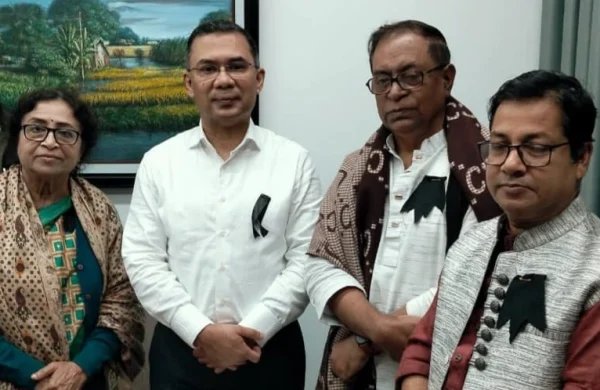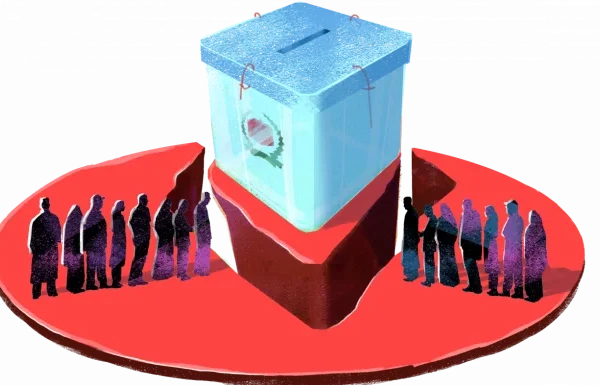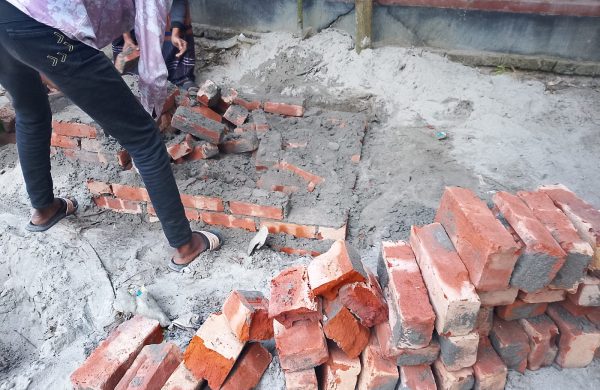Aligning education with job market must to combat unemployment crisis
- Update Time : Friday, October 18, 2024

––––––Nazia Hasan Khondaker–––––
Every year, thousands of students graduate in Bangladesh with dreams of a bright future, only to encounter a job market that doesn’t match their skills. Despite the country’s progress in expanding access to education, a growing disconnect between the education provided in schools and universities and the needs of the workforce has led to alarmingly high unemployment rates among graduates. The system needs an urgent reform to address this long-existing mismatch with the job market and to move the country forward with a new economy.
Many of the students pursue traditional academic subjects, often due to family and societal pressure, resulting in an oversupply of graduates in certain fields and a lack of skilled workers in others. This preference for academic education over vocational training has greatly contributed to the significant skills gap in the job market. Many industries in Bangladesh especially IT, healthcare, and manufacturing struggle to find workers with relevant technical expertise. This situation leads to the hiring of foreign workers especially at the managerial level, negatively impacting the country’s economy. According to a recent media report, A total of 16,303 nationals of 101 countries were given work permits by Bangladesh Investment Development Authority (BIDA) in FY2022-23. As of June 2024, Bangladesh Export Processing Zones Authority (BEPZA) issued over 1,800 permits for foreign nationals, while Bangladesh Economic Zones Authority (BEZA) approved 1,350 applications.
The existing curriculum does not sufficiently prepare students to meet real-world challenges. Graduates are not well-prepared for the complexities of modern workplaces, where practical skills are crucial. However, another major issue is the shortage of adequately trained teachers capable of delivering modern and technology-driven education. Moreover, the prevailing social outlook towards vocational and technical education needs a drastic shift. Currently, there is a stigma attached to these fields as many people consider them inferior to formal academic paths. This perception discourages students from pursuing careers in areas that have workforce demand in reality.
Addressing these issues is not just about updating educational policies but also about transforming societal attitudes towards education and employment. Restructuring the education system should involve a multifaceted approach including modernizing the curriculum, integrating technology in classrooms, enhancing teaching methodologies, establishing stronger industry-academia linkage, greater investment in R&D etc.
More industry-relevant content should be incorporated in the curriculum and practical training should be delivered so that students can acquire the competencies required to thrive in their chosen professions. Additionally, fostering partnerships between educational institutions and industries is needed to ensure that educational programs align with the evolving needs of the job market.
Short and mid-term professional certification programs should be rolled out as they can provide more accessible and affordable education options which can further help reduce the dropout rates as well. These programs should also be designed to build upon higher education; assisting students pursue a career path as well as providing job opportunities at various levels.
For instance, the U.S. healthcare sector provides a clear pathway for career advancement, starting with entry-level positions with short courses and leading up to highly specialized roles through continued education and experience. Roles like certified nursing assistants can be started with short certifications which provide hands-on experience. Many professionals advance to become registered nurses with an associate or bachelor’s degree in nursing. Registered nurses take on more responsibilities and can further specialize into roles like Nurse Practitioners or Nurse Anesthetists with master’s or doctoral degree, leading to leadership positions.
This flexible and inclusive approach, applied in other sectors as well, allows people to enter the workforce at various stages of life, providing opportunities for both early and later career development.Starting professional short certification programs in fields like healthcare, electrical work, IT, manufacturing, and advanced machinery generally requires a high school diploma or equivalent, however, some programs accept work experience, on-the-job training, or preparatory courses as prerequisites.
Bangladesh may consider adopting a similar education approach across different sectors to help address the country’s unemployment issue.
Implementing a systemic transformation will require a considerable investment education. However, as per a CPD report, Bangladesh’s average education expenditure as a percentage of GDP from 2016 to 2023 was the third lowest among 38 LDCs. The education budget as a share of GDP decreased from 1.79% in RBFY16 to 1.48% in RBFY24. In addition, many industrial sectors face several challenges due to insufficient funding for research and innovation. Another Daily Star report notes that overall R&D investments stood at 0.03 percent of GDP in 2022-23 in Bangladesh, according to the Planning Commission, while it was 0.54 percent in Vietnam, 0.70 percent in India, and 2.55 percent in China as per the World Bank.
To help Bangladesh’s education system stay aligned with the global technological advancements, investing in high-quality lab facilities, particularly in STEM (Science, Technology, Engineering, and Mathematics) fields is essential. Access to advanced lab environments would allow students to engage with the latest technologies, develop relevant technical skills and gain hands-on experience tailored to specific industry needs, making them more competitive. Also, a more structured and well-supported investment plan from both the government and private sector for research and innovation will help the country realize its economic potential. International collaborations and partnerships should be leveraged to strengthen Bangladesh’s R&D competencies and access to cutting-edge technologies.
As technology becomes increasingly embedded in all sectors, arranging comprehensive training for teachers is equally important. Furthermore, a societal shift is necessary to elevate the perception of vocational and technical education. Initiatives from both government and civil society are required to promote these fields as respected career paths, similar to the traditional academic routes. Increasing access to technical education in remote areas would also help bridge the skills gap and reduce unemployment rates.
Bangladesh’s education system stands at a critical juncture. Without immediate reforms, we risk leaving an entire generation unprepared for the challenges of a modern economy. It’s time for the government, educators, and society at large to prioritize practical, industry-aligned education to nurture a future-ready generation to support the new Bangladesh’s progress in parallel with the world.
(The writer is Associate Member of Bangladesh Economic Association)



















